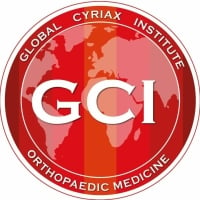What about "joint locking"?
Understanding Joint Locking in Musculoskeletal Medicine: A Diagnostic Perspective
In musculoskeletal medicine, the term joint locking refers to a sudden, often painful inability to move a joint through its full range of motion. This phenomenon can be true locking or pseudo-locking, and differentiating between the two is essential for accurate diagnosis and effective treatment.
True Joint Locking:
True locking typically results from a mechanical obstruction within the joint. This can be caused by:
- Loose bodies (e.g., fragments of cartilage or bone)
- Meniscal tears in the knee
- Labral tears in the shoulder or hip
Patients often report a joint that gets stuck in a specific position and may require manipulation—or sometimes spontaneously "releases" with a click or snap. This mechanical block usually suggests intra-articular pathology and may warrant imaging (e.g., MRI) or even arthroscopy.
Pseudo-Locking:
Pseudo-locking mimics true locking but has no mechanical cause. It is commonly due to:
- Muscle spasm
- Capsular tightness
- Pain inhibition
- Fear of movement
Pseudo-locking tends to be less consistent and more variable. For instance, the joint may “lock” during one movement but move freely during another or after gentle mobilization. This presentation often points toward functional or soft-tissue disorders, rather than structural damage.
The key to proper interpretation lies in:
- Detailed patient history (onset, reproducibility, previous trauma)
- Manual examination to assess end-feel, mobility, and symptom provocation
- Imaging when a mechanical block is strongly suspected
